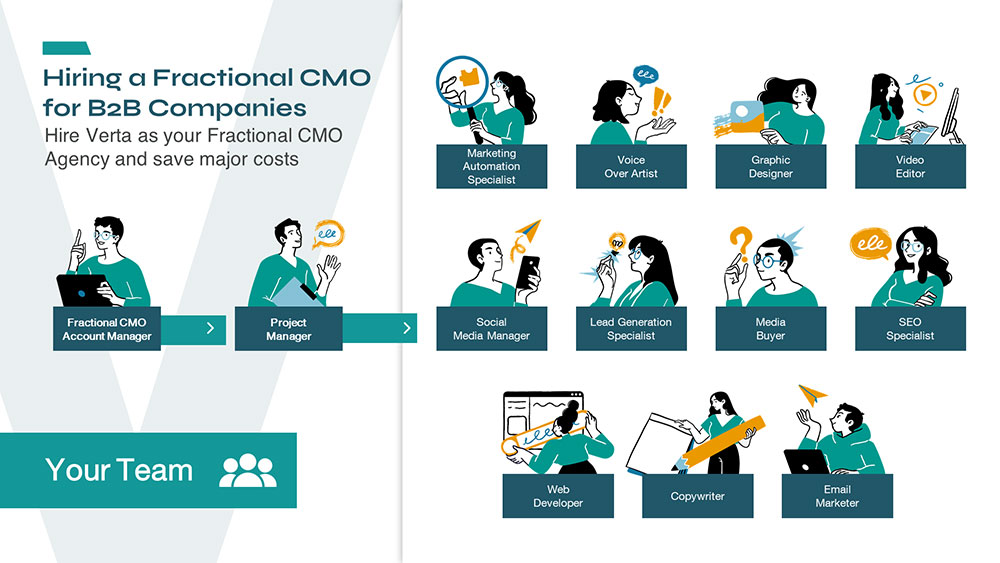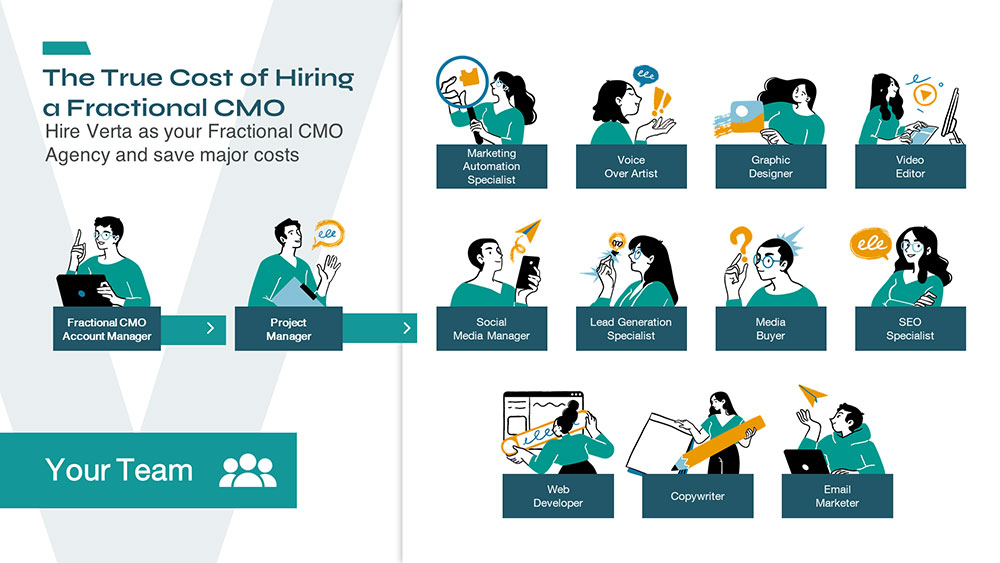It’s no secret that COVID-19 has brought the world into a major global recession. Millions were furloughed from their jobs, countless industries have taken a hit and economic growth has also flatlined. However, this is not the first or the last time industries have faced a crisis like this before.
While some companies are rebuilding their businesses, many are taking cautious yet proactive steps to reopen by tweaking some of their marketing strategies. A few have jumped to the chance to modernize and invest in smart technology, and others are constantly innovating to continue serving their clients.
Part of this transition towards innovation has resulted in a strong focus on implementing a digital marketing plan. Below are some key marketing strategies that businesses can implement to bounce back and stay afloat during tough times:
EARN TRUST & BUILD RELATIONSHIPS THROUGH SOCIAL MEDIA AND ONLINE COMMUNICATION TECHNOLOGY
Connecting with your target audience through social media and various forms of online communication platforms is a great way to support a company’s effort towards earning trust and building solid relationships.
Loyal customers are regularly looking at how companies are responding to the global changes and how their needs are being met. Responding to changing habits can bring focus to your brand’s purpose, thought leadership, and values.
For instance, in the retail industry, many storefronts have publicized their health and sanitation policies to consumers. Car dealerships are responding to new changes by providing a contactless sales process. Delivery test drives are even made easier, bringing the vehicle directly to any home during a pandemic. These are examples of great customer service and retention strategies that will be remembered post-COVID.
ENGAGE YOUR CUSTOMERS ONLINE
With most stores closed to the public or having limited hours as the pandemic drags on, companies are jumping online to engage their customers and tell their stories. Whether it is buying groceries, ordering electronics, simply talking to loved ones, or communicating with co-workers, research has shown more people are spending time online.
By engaging with your target audience online, it tells them you’re here and you are open for business. Many companies like LinkedIn have unlocked their learning courses for free, non-profits have created online resources, and restaurants have donated food to essential workers through apps. These are examples that strengthen customer loyalty that goes beyond a pandemic.
CAPITALIZE ON TECHNOLOGY TOOLS
One way that some countries have flattened the curve during this pandemic is by staying at home. Due to this, many businesses have been forced online but not offline. Using available technologies, companies can capitalize on tools to help their customers.
Real estate companies have started virtual walk-throughs for their properties, retail has invested in greater e-commerce capabilities, and colleges and universities have moved much of their coursework online. Many companies are still open for business and are easier to reach more than ever by using online communication tools like email, live chat, social media, and video conferences (we recommend Zoom or Google Hangouts for video conferencing).
ENHANCE DIGITAL CAPABILITIES
Building digital infrastructure has become a top priority for companies who understand the value of modernizing. COVID, unfortunately, exposed work limitations in serving clients. Those who are lacking proper e-commerce tools online will be the ones left behind. At Verta Marketing, we create new ways to help reach contacts and clients.
RE-EVALUATE MARKETING PLANS
While there has been a definite pause in how industries operate and function, it doesn’t mean interacting and engaging with your clients can stop. As more people spend their time online, companies are also shifting their strategies and marketing budgets digitally.
Ask your team and gather opinions on what is working well and what isn’t. Now is ample time to re-evaluate and review your marketing and communications plans. Continue to monitor your analytics to get a clearer picture and review your search spends accordingly to be able to accurately alter your strategies.
INNOVATE & THINK OUTSIDE OF THE BOX
Due to the pandemic, and as many industries experience a slowdown, some companies have swiftly pivoted and adapted to measures that drive growth and solve challenges. Innovation is the new currency as the global pandemic has put a spotlight on services that could be improved upon. Helping customers during this crisis will be beneficial for companies to survive and thrive during COVID.




